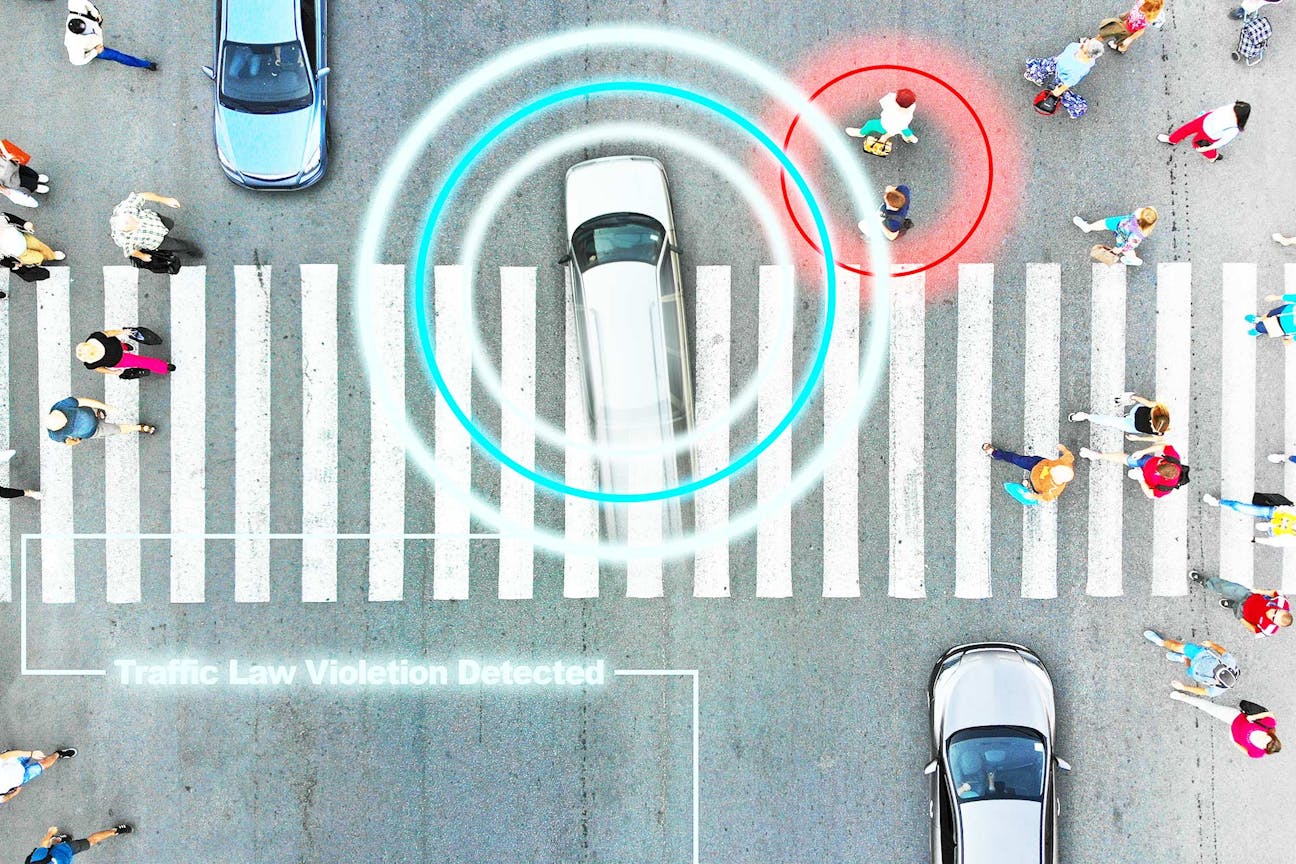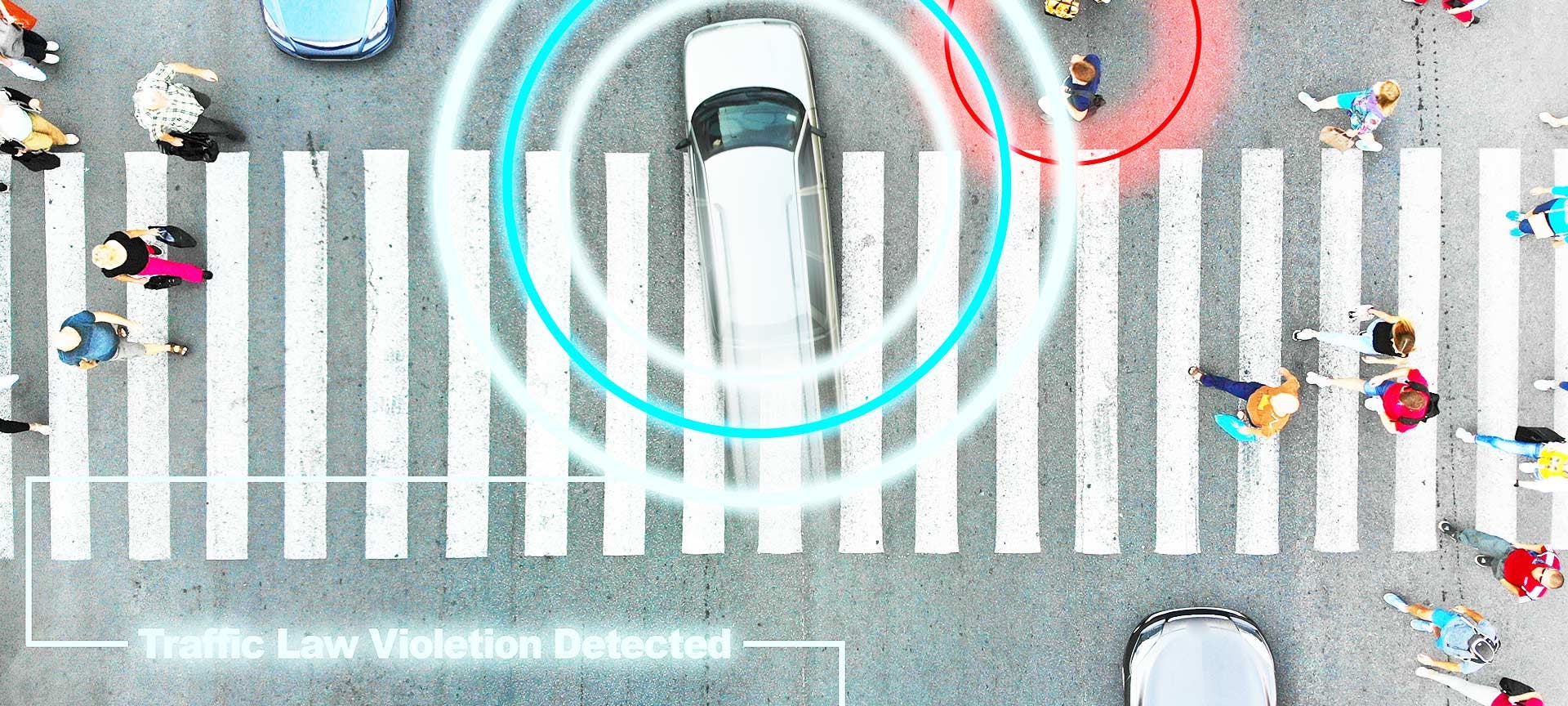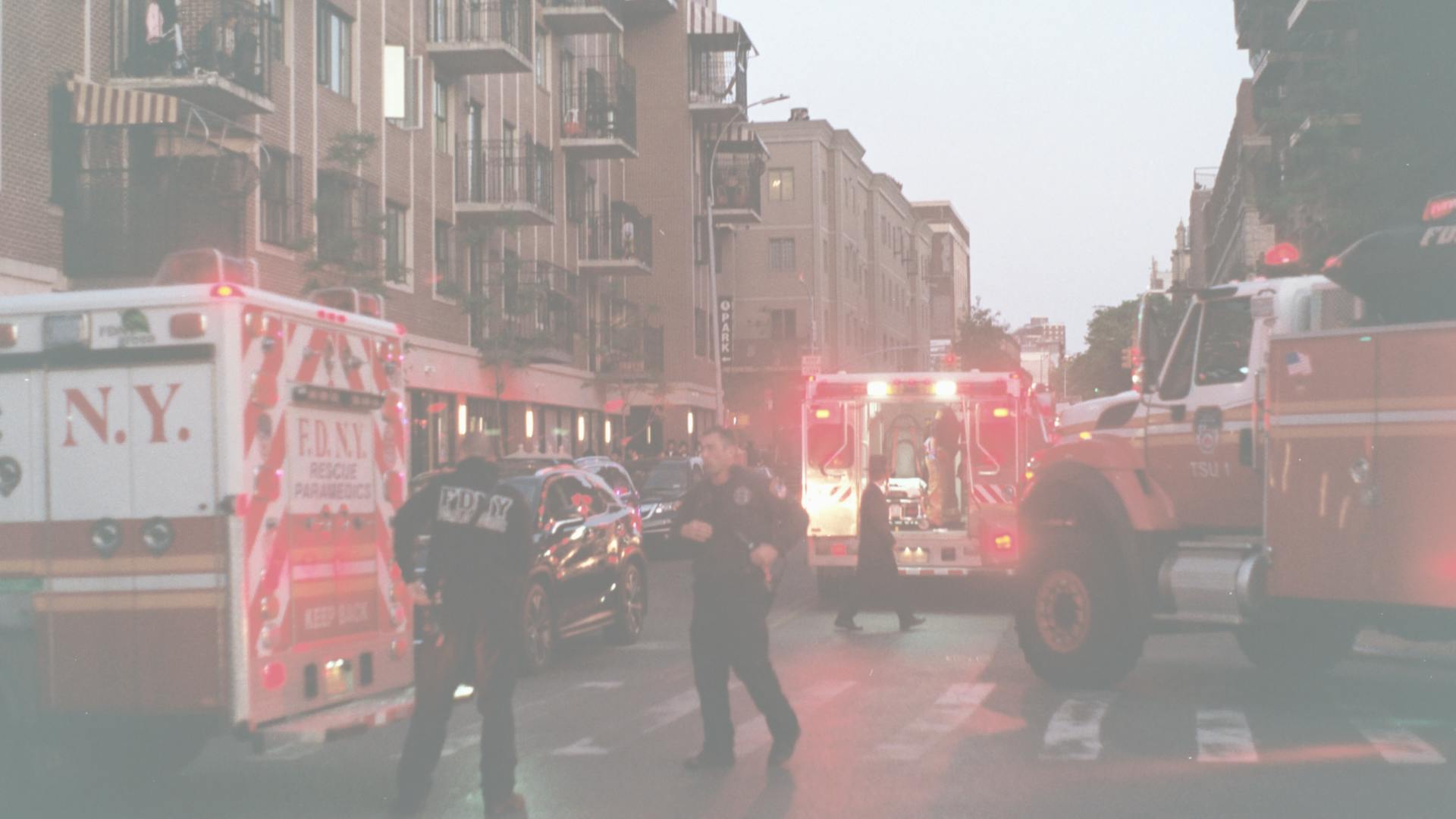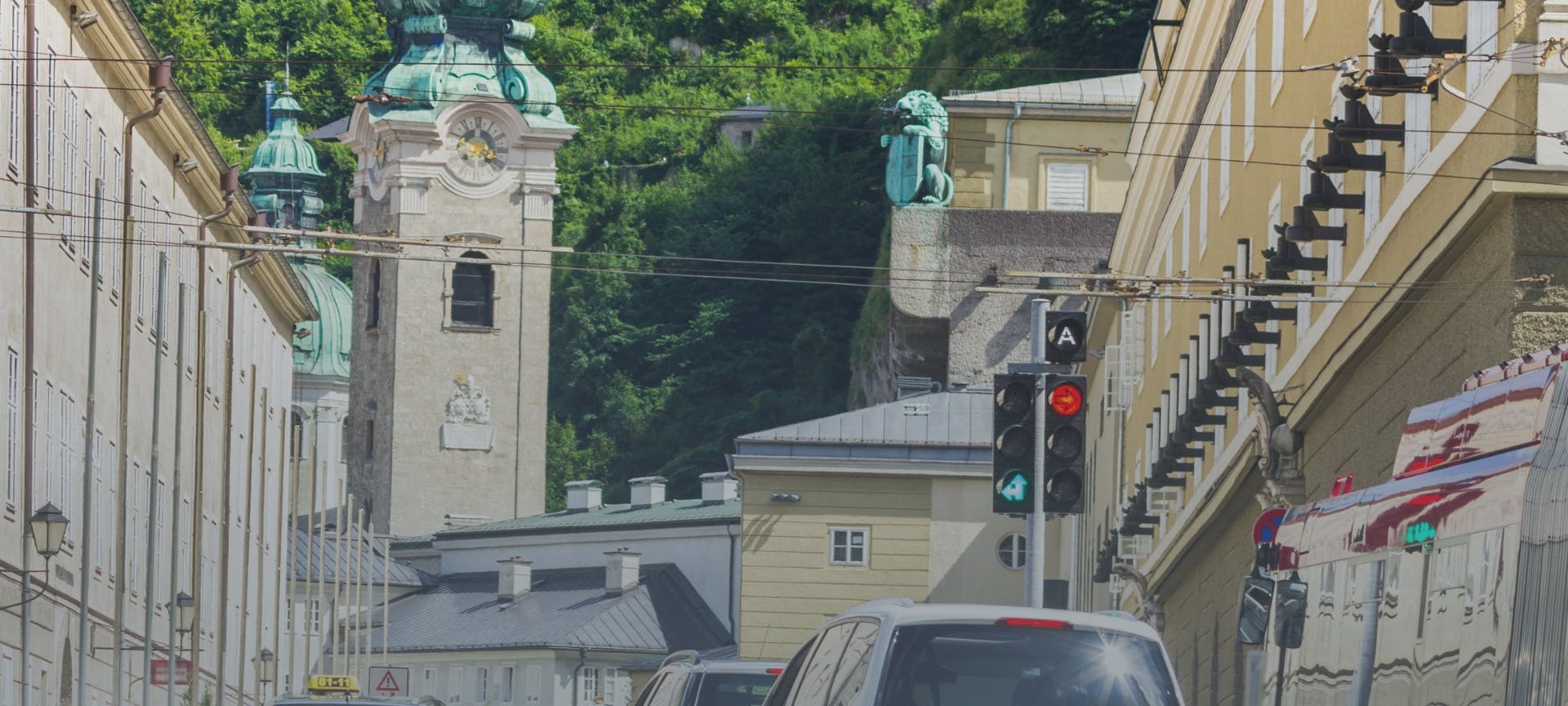

Celebrating 40 years of globally leading technology With Experience to Transformative Traffic Technology
Today, everything seems to happen faster and needs to be done as quickly as possible. This has an impact on every area of life - including traffic, where this leads to decreasing attention and increasing dangerous distractions. To counter this negative trend, we need modern traffic solutions, precise technologies and in-depth expertise in road safety.
Due to the hurry and hectic pace of today's world, there are more and more types of driving errors. In addition to speeding and disregarding red lights, distractions such as using a mobile phone usage are commonplace. A real problem for road safety that puts all road users - on and off the road - at risk.
Less effort, more road safety
Manual monitoring has been insufficient to meet this challenge for quite some time now. Comprehensive solutions for traffic monitoring are needed that are efficient, provide reliable documentation and enable a lasting improvement in road safety.
Technology is the answer here and has been in use for many decades, but it must be constantly rethought in order to adapt to current problems. One example of such a development is our video-based red light monitoring system, which, in combination with AI-supported software, can now achieve far more than traditional traffic engineering methods.

The AI-based approach enables a whole new level of evaluation of footage, both in terms of speed and accuracy. This means that even complex violations can be detected and documented automatically, precisely and with legal certainty. Our systems are therefore also suitable for detecting mobile phones while driving and other behaviors that were previously difficult to capture."
And that's not all: whether stop lines are crossed, a vehicle blocks an intersection or a driver tries to cross a red light quickly at excessive speed - this advanced form of red light monitoring detects misbehavior thanks to combined technologies and is already making intersections safer worldwide.
40 years of road safety at a glance
Our experts have been working on new approaches and solutions for traffic technologies for 40 years in order to be able to provide this efficient, permanent monitoring today and implement it reliably in road traffic.
This journey began in the 1990s, when road traffic was still very different: cars did not have airbags as standard, CD players replaced cassette players as equipment and the Toyota Corolla was the most successful car model in the world. At that time, speeding was a particular problem. They were recorded and punished by individual officers, without automation or evidence-based traceability through image or video material. This was an unsatisfactory situation because, despite these differences, the aim even then was to monitor infringements more efficiently with as few personnel as possible and as few error-prone manual processes as possible.
VITRONIC provided the answer to this desire for optimization with the POLISCAN wet film scanner, which made it possible to digitize case processing. But of course, this was just the beginning, and so in the early 2000s we further optimized traffic technology with LIDAR technology in our POLISCAN solutions. The result was a comprehensive reduction in accidents through automated, flexible speed monitoring without the need for more personnel.
However, as is often the case with new technologies, reliability first had to be proven in order to build up lasting trust among traffic authorities and users.

Over the years following approval, the reliability of the systems was repeatedly questioned, including in court. However, the precision of our technology was convincing in every judicial case and they were confirmed as court-proof every time. Such initial resistance is not unusual with new innovative approaches, but the most important thing is that our solutions have proven themselves and brought more safety to the road."
This positive development of road safety was a significant milestone for us, but still far from satisfactory, and so in 2006 we defined our vision: safe mobility for all road users without serious injuries and fatalities - in line with #VisionZero.
Speed monitoring is no longer enough
The next challenge was not long in coming and, ironically, it came in the form of technological progress. In 2007, Apple launched the first iPhone and the use of mobile phones soared in the years that followed. This also marked the start of a whole new type of distracted driving, which became one of the biggest challenges for road safety with the advent of the social media age. In the USA alone, around 70,000 accidents were attributed to mobile phone usage while driving in 2015.
Since then, legal measures have been taken in over 30 countries and mobile phone usage while driving has been banned. However, even today, traffic controls are still associated with the intensive deployment of personnel and cannot be implemented across the entire road network. What is already difficult with speed controls is seemingly impossible here.
A real problem, but how can this be countered, and concentration brought back to the road?
Intelligent traffic systems detecting mobile phone usage
Thanks to the tireless efforts of the development teams and a look beyond the horizon and borders, we found the solution. In 2019, we tested the use of video-based red light monitoring in a project at a junction in Brunn am Gebirge, Austria. The actual goal was to record red light violations with as little effort and investment as possible, but we recognized the full potential of this technological approach in a practical test.
The project laid the foundation for many different applications in the field of road safety, including the court-proof detection of illegal cell phone use at the wheel. It was above all the combination of the possibilities of video-based monitoring and artificial intelligence (AI), which we had already been using successfully for years, that brought about the breakthrough and raised both technological approaches to a new level.
In addition to the project in Austria, there were also other key projects that drove this pioneering solution forward, including a toll project in Poland, in which video-based monitoring, AI and business modules were combined to create a standard live system.

It is a promising technology that is still at an early stage of development. We can therefore assume that there will still be some opportunities and changes necessary. Remaining flexible and adapting to new circumstances will be key - as has been the case with our previous innovations."
40 years of solutions in traffic monitoring
These snapshots of the last 40 years show that traffic and the associated challenges are constantly changing and that technological solutions must evolve to meet them. As a driver of innovation, VITRONIC is constantly pushing the boundaries of existing solutions. In this way, we also offer timely answers to future problems. Whether video-based systems with AI and neural networks, the integration of mobility data or data security through technological encryption - we bring innovative traffic technology to the road. To do this, we take inspiration from practical applications and combine it with technical expertise and decades of experience in the broad field of image processing technology. The result is performance and application diversity with reduced personnel costs.
Despite all the changes and transformations of the last four decades, VITRONIC continues to pursue the same goal: more safety in traffic for all participants through efficient, effective technologies.


